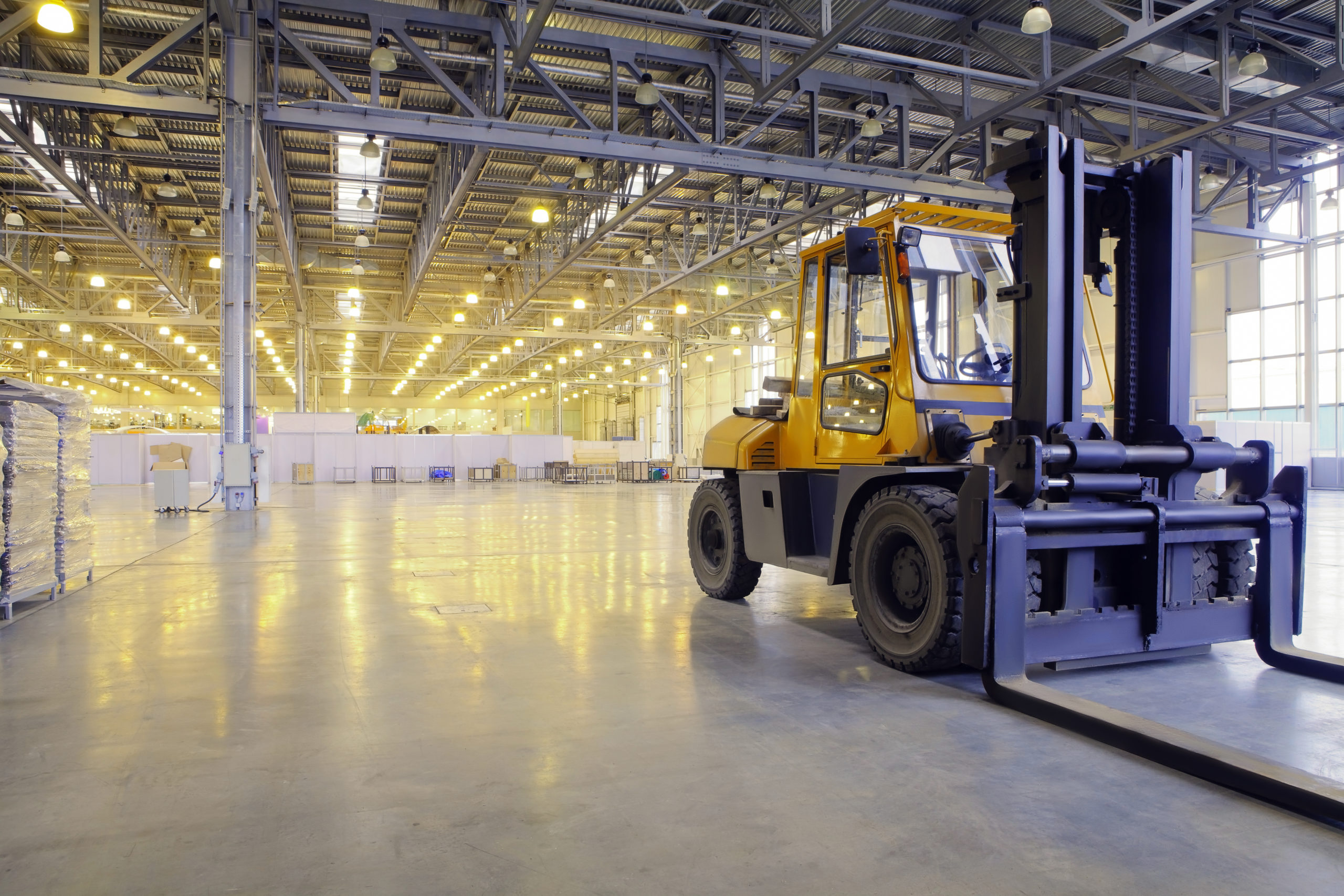Supply chain has never been more top of mind than it is today. The reverberations from the ongoing supply shocks in the wake of COVID-19 have been felt by nearly everyone — from consumers struggling to purchase automobiles, to corporate executives across industries scrambling to account for the soaring price of goods and services in this new economy.
The breakdown of the global supply chain we are witnessing comes because of the perfect storm of global circumstance, presenting business leaders with an unsolvable problem.
Disruptions due to supply shortages were up 638% in the first half of 2021*
To navigate the crisis, investors need to understand what is driving these disruptions, and when we can expect things to return to normal.
How It Started
Before any of us had ever heard of COVID-19, the Trump-initiated China tariffs and resulting geopolitical tensons led many American companies to shift key components of their supply base to other Asian countries, Mexico, Eastern Europe, and even back to the US. This shift, however necessary, came with trade-offs for many businesses. These supply chain headwinds had been pushing against businesses for the last few years and were only accelerated once the pandemic hit.
During Q1 of 2020, as China first began to initiate lockdowns to handle the outbreak, the shortcomings of single-country sourcing for many businesses became immediately more pronounced, and yet, as the pandemic stretched on and began to take a toll on more and more countries across the globe, lockdowns and restrictions soon further initiated a chain reaction affecting logistics for businesses in many industries, and across most geographies.
A Global Chain Reaction
When the pandemic hit, a significant volume of transcontinental commercial airline flights were cancelled indefinitely, causing international airfreight to skyrocket up to 10-12 times their former rates and presenting a specific challenge to mid-market companies with limited logistics spend leverage. This dramatic reduction in airfreight capacity led many businesses to move freight to ocean carriers, driving ocean container rates up three to four times their former prices, while increasing transportation time from Asia to the US by four to six weeks (if you could get a container). Soon enough, the ports of Los Angeles and Long Beach were backed up with as many as 200 container ships — and while the situation has improved, there is still a notable queue. Subsequent events including the Suez Canal container ship log jam and the one-week long closing of Ningbo Port due to the Delta variant continue to represent some of the ongoing mishaps presenting challenges to many industries at multiple levels in their respective value chains.
Key Takeaway: Consider adding two weeks of ocean transportation time and deliver to East Coast ports for eastern distribution centers. Right now, intermodal cross-country transport can range from $5,000-$7,000 per container, and the cost to Newark is only about $600 more per container than Los Angeles.
In addition to these global factors, a notable increase in domestic online ordering throughout 2020 overwhelmed small parcel carriers like FedEx and UPS, spurring a trailer allocation process with large shippers. As such, LTL (less than truckload) and FTL (full truckload) carriers are at full capacity now (with intermodal transportation also at near full capacity), and spot market rates are up to twice of what they were in 2020.
Key Takeaway: Even with high spot market rates, avoid negotiating long term freight contracts until more favorable terms can be reached.
We expect domestic surface rates will recover by at least the end of Q1 2022, though due to higher fuel and labor costs, will not return to pre-COVID rates. Likewise, ocean container rates will likely not recover until Q3 2022 due to shutdowns and the resulting empty container positioning. If selling through Amazon but doing DTC (direct to consumer) fulfillment, consider moving to Amazon fulfillment utilizing their expertise in one-each orders.
Light at the End of the Tunnel
There is no silver bullet to overcoming the supply chain challenges of the moment, but there are strategic levers worth pulling as we wait for the storm to pass. Taking the time to assess the logistics challenges facing your investment, and thinking through how to overcome them, will help ensure value is not left on the table in the year ahead.
About the Author
Jerry Joyce is a Director at TriVista and uses his extensive supply chain, manufacturing, and logistics experience to help companies operating in highly complex global environments significantly improve operational performance.



